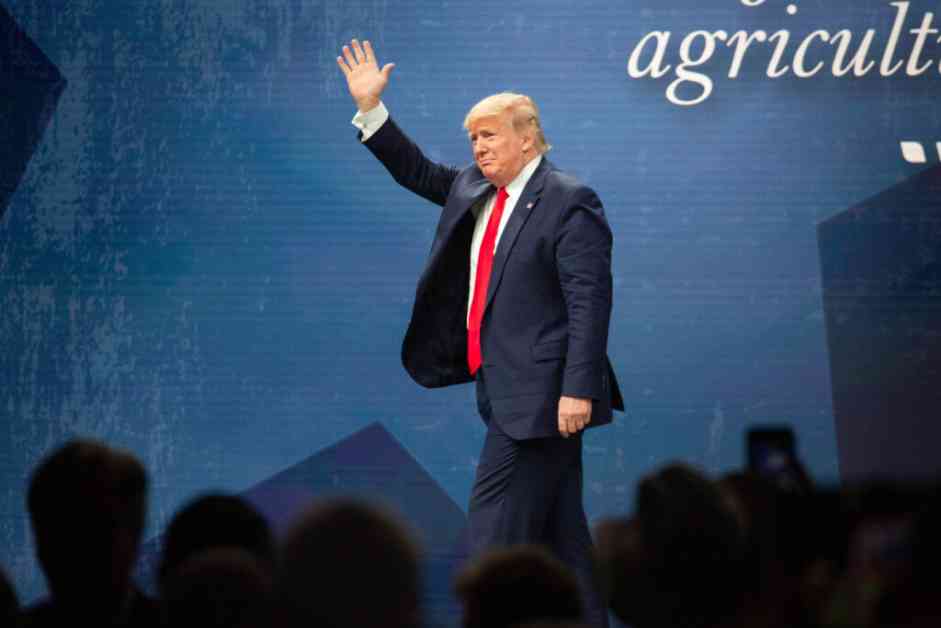President Trump’s recent executive order to establish a sovereign wealth fund has sparked intrigue and speculation about the potential implications. This move could potentially align the U.S. with other nations like those in the Middle East and Asia, which utilize similar funds to make strategic investments using government resources. One notable suggestion from Trump is that funds could be allocated towards purchasing TikTok, a popular social media platform whose fate has been uncertain since the enforcement of a new ownership law this year.
Rachel Wellhausen, a government professor at UT Austin, sheds light on the concept of sovereign wealth funds, explaining their origins and functions. These funds were initially conceived as a means for oil-rich countries to manage surplus revenue from oil exports by investing it in various ventures to prevent economic disruptions like inflation. Wellhausen likens these funds to venture capital entities, where government officials make investment decisions on behalf of the state, differing in approach across countries.
Operational Mechanisms of Sovereign Wealth Funds
Wellhausen underscores the diverse operational models of sovereign wealth funds, highlighting Norway’s substantial fund that prioritizes investments in environmentally friendly initiatives over defense sectors. This variance in objectives showcases the political influence in shaping investment decisions within these funds, emphasizing the significance of broader socio-economic goals beyond financial returns. However, the absence of a budget surplus in the U.S. raises concerns about the feasibility of establishing a sovereign wealth fund without a clear funding source, questioning the practicality of such a venture.
Challenges and Considerations for a U.S. Sovereign Wealth Fund
Another critical consideration is the destination of investments from a potential U.S. sovereign wealth fund, as traditionally, such funds aim to diversify assets by investing abroad rather than domestically. Wellhausen points out that using government-directed funds for domestic investments deviates from the typical function of sovereign wealth funds, indicating a departure from conventional practices. Moreover, the proposal to acquire TikTok through a sovereign wealth fund introduces complexities, as it strays from the fund’s usual investment objectives and could potentially be perceived as government overreach or expropriation, complicating the narrative further.
In essence, the prospect of a U.S. sovereign wealth fund presents a mix of opportunities and challenges, necessitating a nuanced understanding of its operational dynamics and potential implications. Wellhausen’s insights offer valuable perspectives on the intricacies involved in establishing and managing such a fund, underlining the importance of aligning investment strategies with broader policy objectives to ensure economic stability and growth. As discussions around this proposal evolve, the implications for the U.S. economy and global investment landscape remain subjects of keen interest and scrutiny, shaping the narrative around sovereign wealth funds and their role in contemporary governance and economic frameworks.















